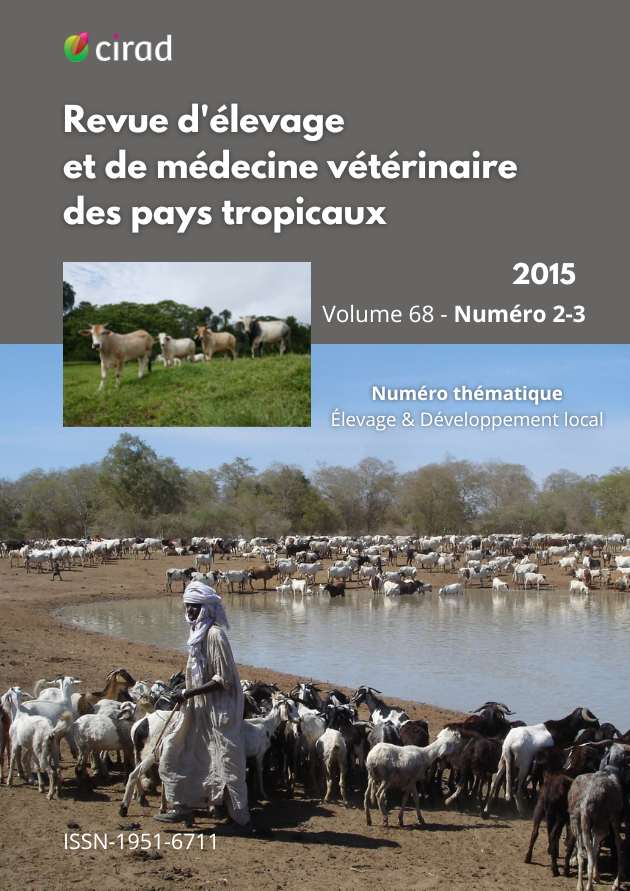Extensive livestock farming in Morocco: From marginal territories to major social and environmental roles
DOI:
https://doi.org/10.19182/remvt.20598Keywords
LiFLOD 2011, sheep, poultry, dairy cattle, pastoralism, extensive husbandry, product quality, intensive farming, breed, MoroccoAbstract
Recent developments in the supply of animal products in Morocco revealed a sharp decline of the contribution of extensive livestock farming systems. In a context of marked demographic expansion (from 15.3 to 32.9 million inhabitants from 1956 to 2013) associated to rapid urbanization (almost 60% of the population lives in urban centers), consumption habits have changed. There has been a shift from a patriarchal structure of the society, which meant that meals were consumed at home, to more individualistic behaviors. As a consequence, the nature of animal products consumed by large sections of the population has notably changed. Dairy and poultry products appear to be most suited to these changes, as they can easily be used in fast-food preparations. On another hand, the consumption of beef and mutton from extensive systems has been stagnating. Extensive livestock systems, however, still use many fibrous feeds, from rangeland resources to cereal by-products. Traditionally, this has enabled them to ensure strategic functions such as the regional development of marginal areas, natural resource management, efficient water productivity through livestock products in a country experiencing acute water scarcity, and the creation of wealth and job opportunities. The shift of interest from these systems to more intensive ones raises many questions. It puts tremendous pressure on natural resources in areas of intensive production. In addition, the supply of animal products has become highly fragile as it depends on imported inputs, from animal genes to feeds (e.g. soya and maize for poultry). These changes mean that more attention should be given to extensive livestock production systems, as they promote a greener way of production and enhance large rural areas. These systems will hold a strategic position in the near future, when the time comes to face issues such as sustainability of the animal protein supply and natural resource preservation, and to balance the development of the various regions of the country.
Downloads
Downloads
-
Abstract2131
-
PDF815
Received
Accepted
Published
How to Cite
Issue
Section
Categories
License
© M.T.Sraïri, hosted by CIRAD 2016

This work is licensed under a Creative Commons Attribution 4.0 International License.








